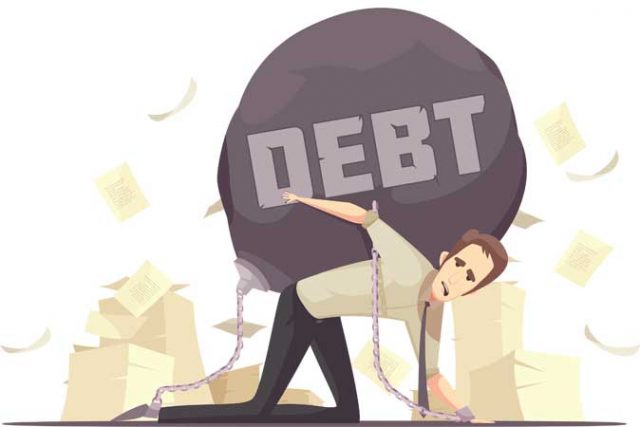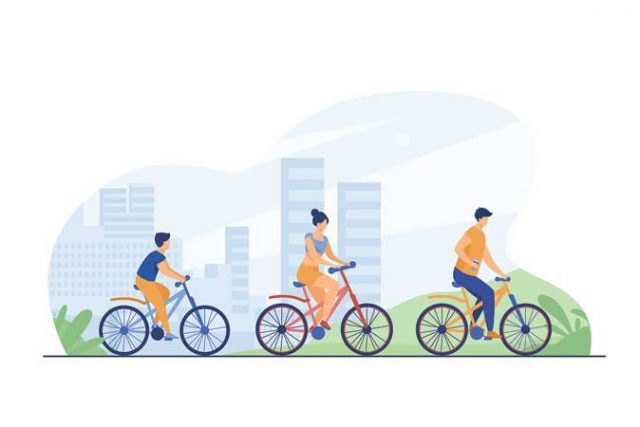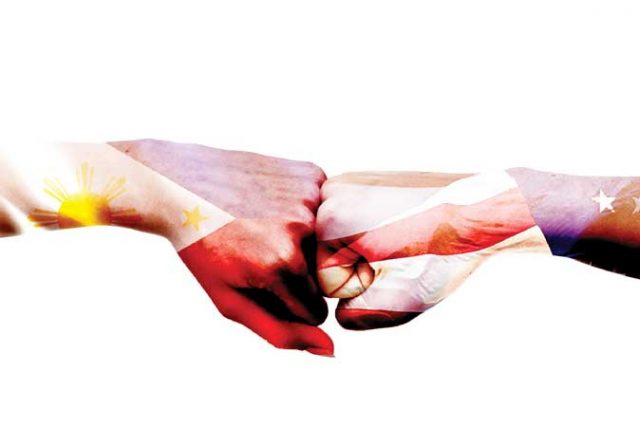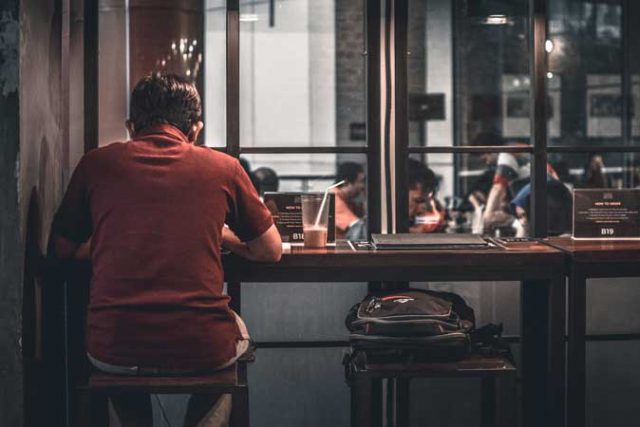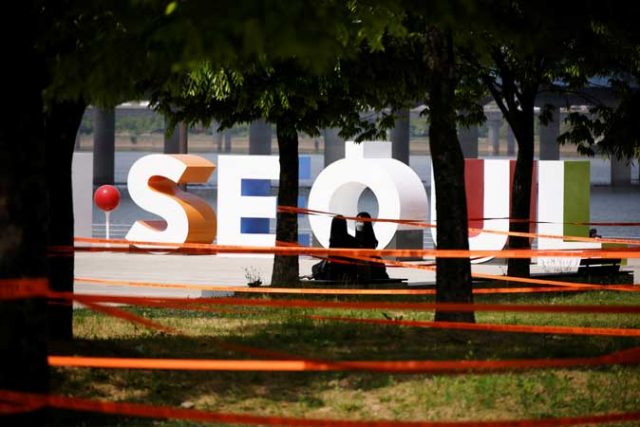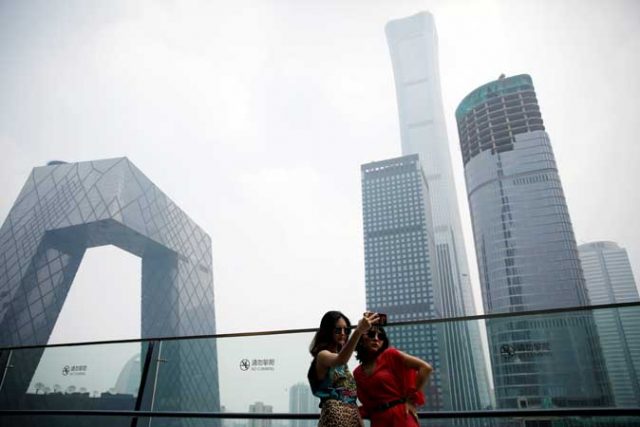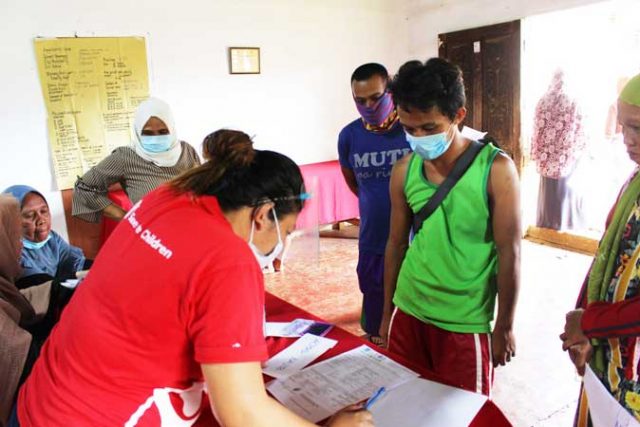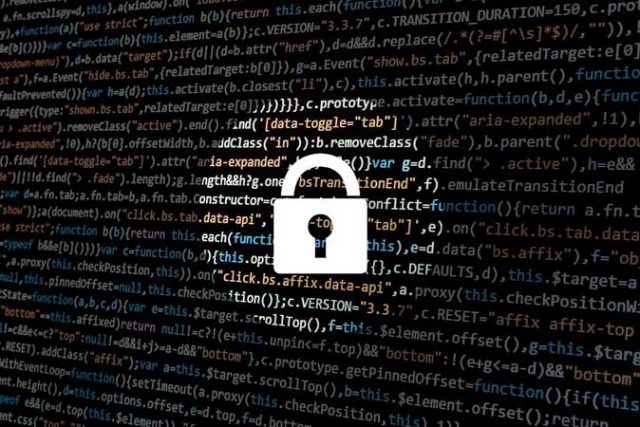Men’s quarters has fresh look, but Djokovic and Federer loom large
LONDON — Novak Djokovic and Roger Federer are part of the Centre Court furniture on quarterfinals day at Wimbledon but this year’s last-eight lineup has a refreshingly new look.
World number one Djokovic has cruised into the quarterfinals for the 12th time as he seeks the sixth Wimbledon title that would equal Federer and Rafa Nadal’s 20 Grand Slam titles.
Swiss maestro Federer, nearing his 40th birthday, has reached this stage for the 18th time.
Few would bet against them continuing their compelling rivalry with a 51st career clash in Sunday’s final, having contested three others, including two years ago when Djokovic saved match points to beat Federer in a cliffhanger.
Six of Wednesday’s cast have reached the quarterfinals at Wimbledon for the first time, matching the record of 1991 and 2002. And the way Italian powerhouse Matteo Berrettini and Canadian duo Denis Shapovalov and Felix Auger-Aliassime have arrived there suggests they are not ready to stop now.
The 34-year-old Djokovic will face unseeded Marton Fucsovics in the opening match on Centre Court, followed by eight-time champion Federer’s clash with Poland’s Hubert Hurkacz.
Fucsovics is the first Hungarian to reach a Wimbledon singles quarterfinal since Zsuzsa Kormoczy reached the women’s semifinals in 1958 but now faces one of the toughest challenges in sport — trying to knock Djokovic off his stride.
The world number 48 has lost both his previous meetings against Djokovic, but says he enjoys playing against the Serb who is bidding to reach his 41st Grand Slam semifinal.
“Maybe, his game is not so entertaining like Federer’s or when Nadal is hitting the ball so hard,” Fucsovics said after his win over Andrey Rublev on Monday.
“Actually, I like to play against him. I can rally with him. He beat me, but I like the way he plays. I think we play the same kind of tennis. We like to play long rallies.”
‘SOMETHING SPECIAL’
Federer, despite doubts about his form and match sharpness coming in after minimal time on court in the past 18 months, has gradually built up momentum, although he will be wary of 14th seed Hurkacz who beat world number two Daniil Medvedev on Tuesday, a match held over from the previous day by rain.
Should Federer prevail it would be his 106th match win at Wimbledon, surpassing Nadal’s record 105 at Roland Garros.
“Obviously, playing Roger on a huge, huge arena, it’s something special,” Hurkacz, bidding to become only the second Polish man to reach a Grand Slam semifinal, said.
Berrettini has scythed his way through the draw in impressive fashion and, having warmed up by winning the Queen’s Club title, the 25-year-old will be hugely-confident as he takes on 20-year-old Auger-Aliassime, the youngest of the eight survivors.
“I feel like I’m not using a lot of energy because I won most of the matches in three sets,” Berrettini, who has a tournament-leading 67 aces so far, said.
“Obviously, the tournament is not done yet. I’m really looking forward to achieving even more.”
Berrettini is bidding to become only the second Italian man to reach the semifinals at Wimbledon after Nicola Pietrangeli.
And with Auger-Aliassime joined in the last eight by Shapovalov, it is the first time in history that more than one Canadian man has reached the quarterfinals at a Grand Slam.
The 22-year-old left-hander is beginning to deliver on his spectacular talent and will take on Russian Karen Khachanov with the prize a likely first Grand Slam semifinal against Djokovic.
“I think, just mentally, physically, tennis-wise, I’m just a different person than I was two years ago. It’s really not comparable,” the 10th seed said after his sensational straight-sets win against Roberto Bautista Agut on Monday. — Reuters


